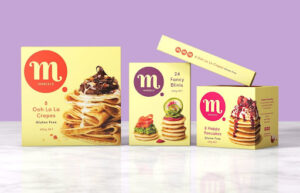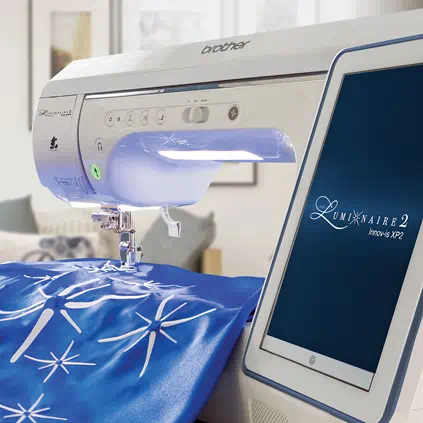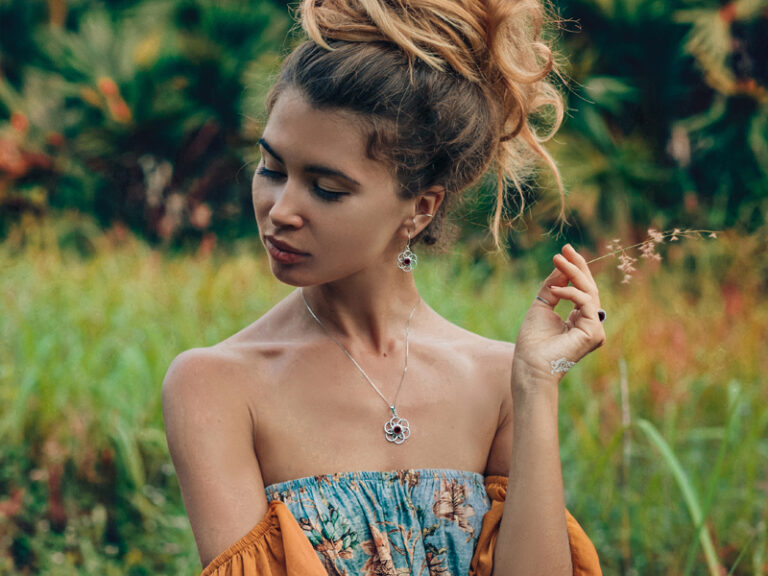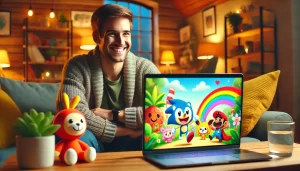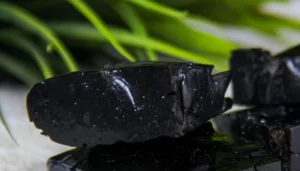Introduction
You’ve found the perfect image for your next embroidery project—a family photo, company logo, or custom artwork. There’s just one problem: your Brother machine only reads PES files. Don’t let this stop you from creating stunning embroidered pieces. With the right tools to convert JPG to PES format, the process is easier than you think.
This guide will walk you through the best software and online converters to convert JPG to PES files that are Brother-ready. Whether you’re a hobbyist or a professional, you’ll find options that suit your skill level and budget. By the end, you’ll be able to convert JPG to PES with confidence and unlock your machine’s full creative potential.
Why Convert JPG to PES?
Before diving into the tools, let’s understand why PES files are essential for Brother machines:
- Machine Compatibility: PES is Brother’s proprietary embroidery format
- Stitch Precision: Contains detailed needle movement instructions
- Color Control: Maintains accurate thread color information
- Editability: Allows modifications within Brother software
- Quality Preservation: Ensures design integrity during stitching
Top 5 Tools to Convert JPG to PES
After extensive testing, these tools deliver the best results for creating PES files from JPG images:
1. PE-Design Next (Brother’s Official Software)
Best for: Serious Brother machine owners
Key Features:
- Direct JPG to PES conversion
- Advanced editing capabilities
- Built-in design library
- Stitch simulation preview
Pros:
✅ Perfect compatibility with Brother machines
✅ Professional-grade results
✅ Regular updates from Brother
Cons:
❌ Expensive (starts at $599)
❌ Steep learning curve
2. Embrilliance Essentials
Best for: Budget-conscious users
Key Features:
- Affordable one-time purchase
- Simple interface
- Good basic digitizing tools
- PES export capability
Pros:
✅ More affordable than PE-Design
✅ Works on Mac and Windows
✅ Great for simple designs
Cons:
❌ Limited advanced features
❌ Auto-digitizing could be better
3. SewArt
Best for: Beginners
Key Features:
- Easy auto-digitizing
- Low cost (often on sale)
- Simple workflow
Pros:
✅ Very beginner-friendly
✅ One-time purchase
✅ Good for basic conversions
Cons:
❌ Struggles with complex images
❌ Limited editing tools
4. MyPhotoStitch (Online Converter)
Best for: Quick, occasional conversions
Key Features:
- Web-based (no installation)
- Free version available
- Multiple output formats
Pros:
✅ Accessible from any device
✅ Good for simple designs
✅ No software to install
Cons:
❌ File size limitations
❌ Less control over results
5. Ink/Stitch (Free)
Best for: Tech-savvy users
Key Features:
- Free open-source option
- Manual digitizing control
- Works with vector files
Pros:
✅ Completely free
✅ Maximum customization
✅ Active community support
Cons:
❌ Requires Inkscape knowledge
❌ Time-consuming process
Step-by-Step: Converting JPG to PES
Follow this workflow using PE-Design Next (similar steps apply to other software):
1. Prepare Your Image
- Start with high-resolution JPG (300dpi minimum)
- Crop to focus on main subject
- Increase contrast if needed
- Simplify complex areas
2. Import into Software
- Open PE-Design Next
- Select “New From Image”
- Adjust import settings
3. Digitize the Design
- Use auto-digitize function
- Select appropriate stitch types
- Set stitch density (0.35-0.45mm)
4. Refine the Design
- Clean up stray stitches
- Adjust stitch directions
- Verify thread colors
5. Export as PES
- Select “Save As”
- Choose PES format
- Name your file
6. Test Stitch
- Use scrap fabric first
- Check for any issues
- Make adjustments if needed
Pro Tips for Better Conversions
- Start Simple
Begin with bold, high-contrast images before attempting photos - Master Underlay
Proper underlay prevents:
- Fabric puckering
- Stitch distortion
- Design instability
- Consider Fabric Type
- Adjust density for different materials
- Use appropriate stabilizers
- Account for stretch in knits
- Organize Your Files
- Create a logical naming system
- Keep original JPGs and PES versions
- Backup regularly
Common Mistakes to Avoid
1. Using Low-Quality Images
Solution: Always start with high-resolution, clear JPGs
2. Ignoring Stitch Density
Solution: Adjust based on fabric weight
3. Skipping Test Stitches
Solution: Always stitch a sample first
4. Overcomplicating Early Designs
Solution: Master basics before complex projects
Troubleshooting PES File Issues
Problem: Design Won’t Open
Fix:
- Verify correct PES version
- Try re-exporting
- Check USB format
Problem: Poor Stitch Quality
Fix:
- Adjust density
- Add underlay
- Check machine tension
Problem: Missing Details
Fix:
- Increase source image resolution
- Manually add critical elements
Free Resources to Improve
- Brother’s Official Tutorials
PE-Design software guides - YouTube Channels
- Brother Embroidery Official
- The Embroidery Coach
- Online Communities
- Brother Embroidery Users Facebook group
- Reddit r/MachineEmbroidery
Conclusion
Converting JPG to PES files unlocks endless creative possibilities for Brother machine owners, allowing you to transform any image into embroidered art. While PE-Design offers the most seamless experience with guaranteed compatibility, we’ve shown there are quality alternatives for every budget and skill level – from free online converters to affordable software options.
As you begin your digitizing journey, remember these key tips: First, start with simple, high-contrast designs to build your skills before tackling complex photos. Second, always test stitch on scrap fabric – this crucial step helps identify needed adjustments before stitching your final project. Third, practice regularly with different image types; each conversion will improve your understanding of stitch settings, density, and underlay techniques.
The ability to convert JPG to PES puts complete creative control in your hands. Imagine personalizing gifts with family photos, creating custom apparel with business logos, or stitching unique artwork – all from images you’ve transformed yourself. With each successful conversion, you’ll gain confidence and discover new possibilities for your embroidery projects.
